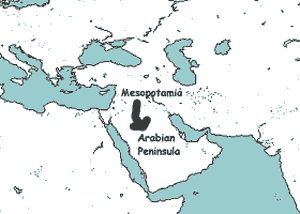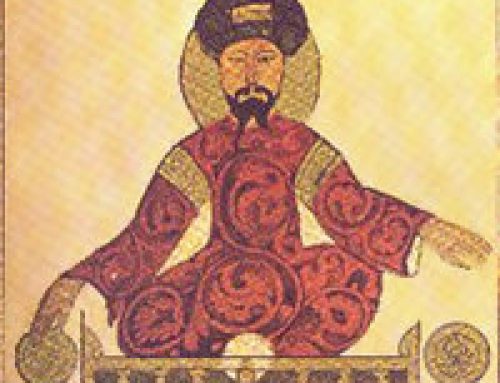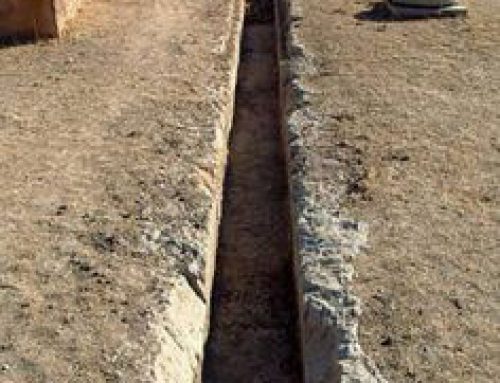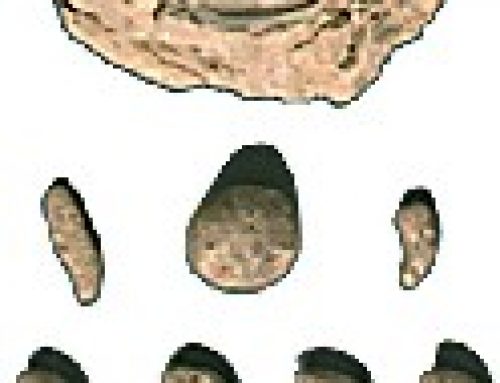
Map of the Arabian peninsula
Where is the Arabian Peninsula?
The Arabian Peninsula is part of West Asia that sticks out to the south. It’s only separated from Africa by the narrow Red Sea. And it is not far from India, either.
All our West Asia articles
All our Africa articles
What’s the climate like there?
The peninsula is very dry and hot and sunny. It hardly ever rains in the Arabian Peninsula. But still the Arabian Peninsula has often been one of the richest places on Earth.
West Asian environment
African environment
Oysters and pearls
One reason is that Arabia has a lot of coastline. People who lived there could get plenty of food to eat by fishing or gathering mussels and clams and oysters and seaweed on the beaches. As early as the Stone Age, people were also going diving for pearls. Rich traders bought the pearls and sold them to people in Mesopotamia and Egypt.
History of pearls and pearl-diving
Early Arabian Peninsula
Trade with India, Africa, and Iran
Another reason is that Arabia is located between India and Africa and West Asia, so people living in Arabia became great traders. Caravan traders used African donkeys and Central Asian horses and camels. They carried loads of Indian cotton and medicines and dyes. They carried African ivory and ostrich eggs, and Arabian pearls. Later on, the donkeys and camels carried sugar, steel, and coffee.
History of donkeys
What about camels?
Early Indian trade
Early African trade
Arabian trade ships also carried Chinese silk and porcelain, West Asian wool and Greek wine, Roman wine-glasses and gold, and many other things. They sold all these things – and some enslaved people – in Africa, in Iran, and in India.
History of slavery
Ancient Greek wine
Chinese silk trade

The Ma’rib Dam today (Yemen rebuilt the dam in 1986)
The Ma’rib Dam in Yemen
But also, they built dams and were very careful with their water. So people in Yemen, in the southern part of Arabia, were able to grow plenty of food themselves. Because of the dam, Yemen was rich, even though the Arabian Peninsula is so dry.
More about the Ma’rib Dam
Islam comes to Arabia
Soon after those dams collapsed in the 500s AD, the new religion of Islam convinced millions of people around the world that Mecca and Medina, two cities in the north-west of the Arabian Peninsula, were important places to go visit. Mecca became not only a religious center but also a center of Islamic scholarship.
Medieval Islamic science
The hajj to Mecca
More about Islam
Colonization and the Arabian Peninsula
When Spanish and British warships forced Arabian people to stop trading in the 1500s and 1600s, though, the Arabian peninsula became much poorer as Europe got richer.
Charles V in Spain
Elizabeth I in England
Oil and Independence
Less than a hundred years ago, people in the Arabian peninsula realized that they also had a large part of the world’s oil lying under their land, and in 1938 they started to drill for oil and sell oil all over the world. That’s where most of the Arabian peninsula’s money comes from today.




